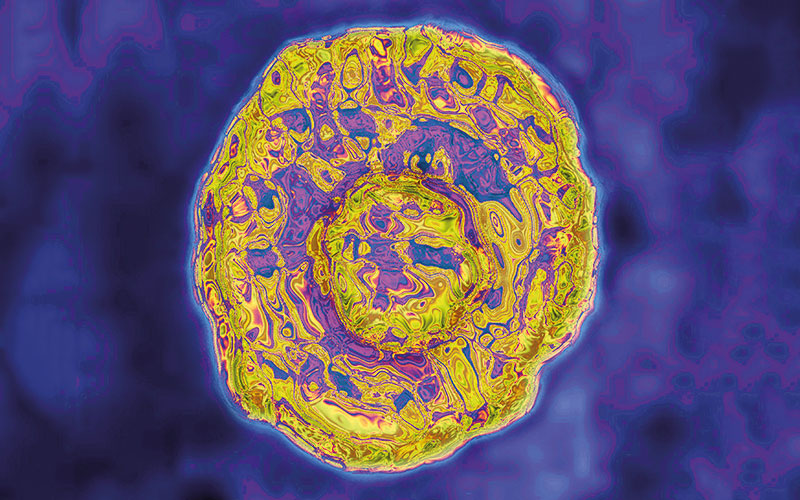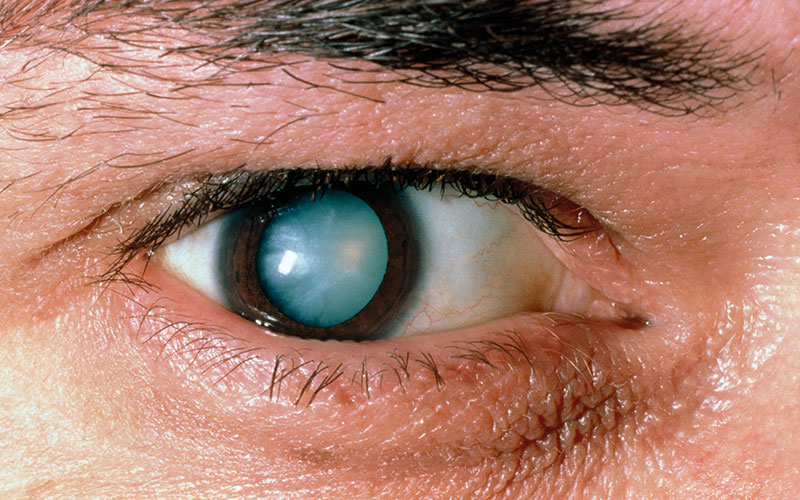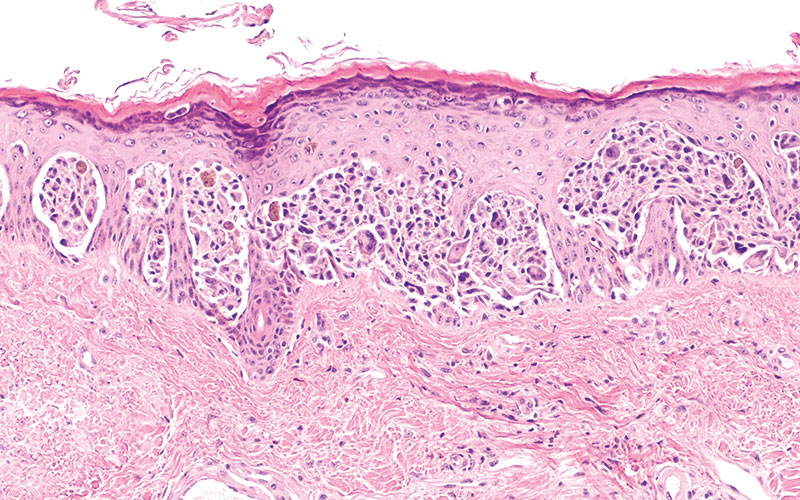Editor Andrew Blann outlines the content of the autumn issue of the journal.

The autumn issue of our journal is complete, with hard copies falling on doormats/desks in November. But, as usual, all the papers have been on the website for several weeks, if not months.
Of the 10 articles, eight refer to molecular genetics. One, that of Abdullah et al (pp184-189) focuses on miR-15a as a biomarker of age-related cataracts. Those unfamilar with miRNAs, and the other major group of non-coding RNAs, the lncRNAs, will find the review by Waller and Blann (pp157-165) on these molecules informative.

Hepatitis C continues to be the foremost infective agent upon which we publish. Lucejko and colleagues share data on suggesting that HCVag measurement could be an alternative for determining HCV treatment efficacy and chemotherapy, and that it could be an option in the diagnosis of a hepatitis C virus infection. Badawy and colleagues published two In Briefs. The first (pp195-197) linked a deletion tumour suppressor PTEN with hepatocellular carcinoma, although this was unrealted to levels of serum AFP. The second (pp201-204) showed that single-nucleotide polymorphisms (SNPs_ in the promotor region of the gene coding for interleuin-6 are also linked to the liver cancer. The question is, therefore, which of PTEN or IL6 (or both) should be studied?
“Hepatitis C continues to be the foremost infective agent upon which we publish”
Single-nucleotide polymorphism
The anti-oxidant/oxidant balance hypothesis have been around for decades. One of the major pathways is that of glutathione, whilst enzymes, such as superoxide dismutase and catalase, may also be important. Banerjee and colleagues (pp166-171) determined SNPs in six such genes in 558 diabetics and 410 controls, finding that a combination of certain of these SNPs to be present in 13 patients, but in none of the controls, bringing an astonishing odd’s ratio [95% CI] of 5083.35 [303.22-85,250.92]. Their result was partially confirmed and extended by the work of Osman et al (pp205-208) who reported a link between a SNP in the gene coding for glutathione-S-transferase and diabetes. The same gene (GSTT1) and an isoform (GSTM1) was studied by Walia and colleagues (pp198-200), who reported a SNPs in the latter gene to be linked to complete or partial remission after chemotherapy in cervical cancer.

Malignant melanoma kills 1500-2000 people in the UK each year, with around 7,500-8,000 new cases reported.
A key feature in diagnosis is immunohistochemistry, but the frequent problem is that the final colour (such as dark brown) is masked by heavy pigmentation in the melanocytic lesion. Orchard and colleagues have addressed this issue with their report of a technique to bleach excess melanin with hydrogen peroxide, leaving tissues that retain their antigen reactivity to appropriate diagnostic antibodies.
"Trousseau was amongst the first to describe cancer as a pro-thrombotic state"
Trousseau was amongst the first to describe cancer as a pro-thrombotic state. Yin and Zhu (pp178-183) continue his legacy with a study of 740 patients with nasopharyngeal cancer and 238 controls. Unsurprisingly, the former were linked to increases in many coagulation and platelet indices, but with their outstanding statistical power they show that the combiation of prothrombin time, APTT and platelet diameter width was best at differentiating cases and controls with an AUC (95% CI) of 0.88 (086-0.91)(p<0.001). The combination of APTT, fribrinogen and FDPs brought an AUC of 0.84 (0.78-0.91)(p<0.001) for determining metastatic disease.
CPD
In common with previous articles, any of the above may be the subject of Journal-based learning, and the review on non-coding RNAs certainly will be.
Andrew Blann is the Editor of the British Journal of Biomedical Science.
Image credit | Science photo library | Shutterstock




